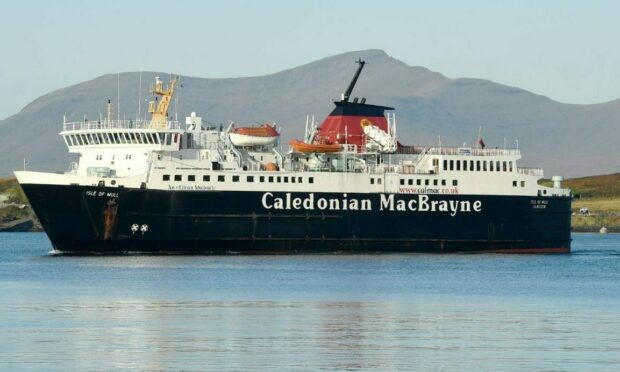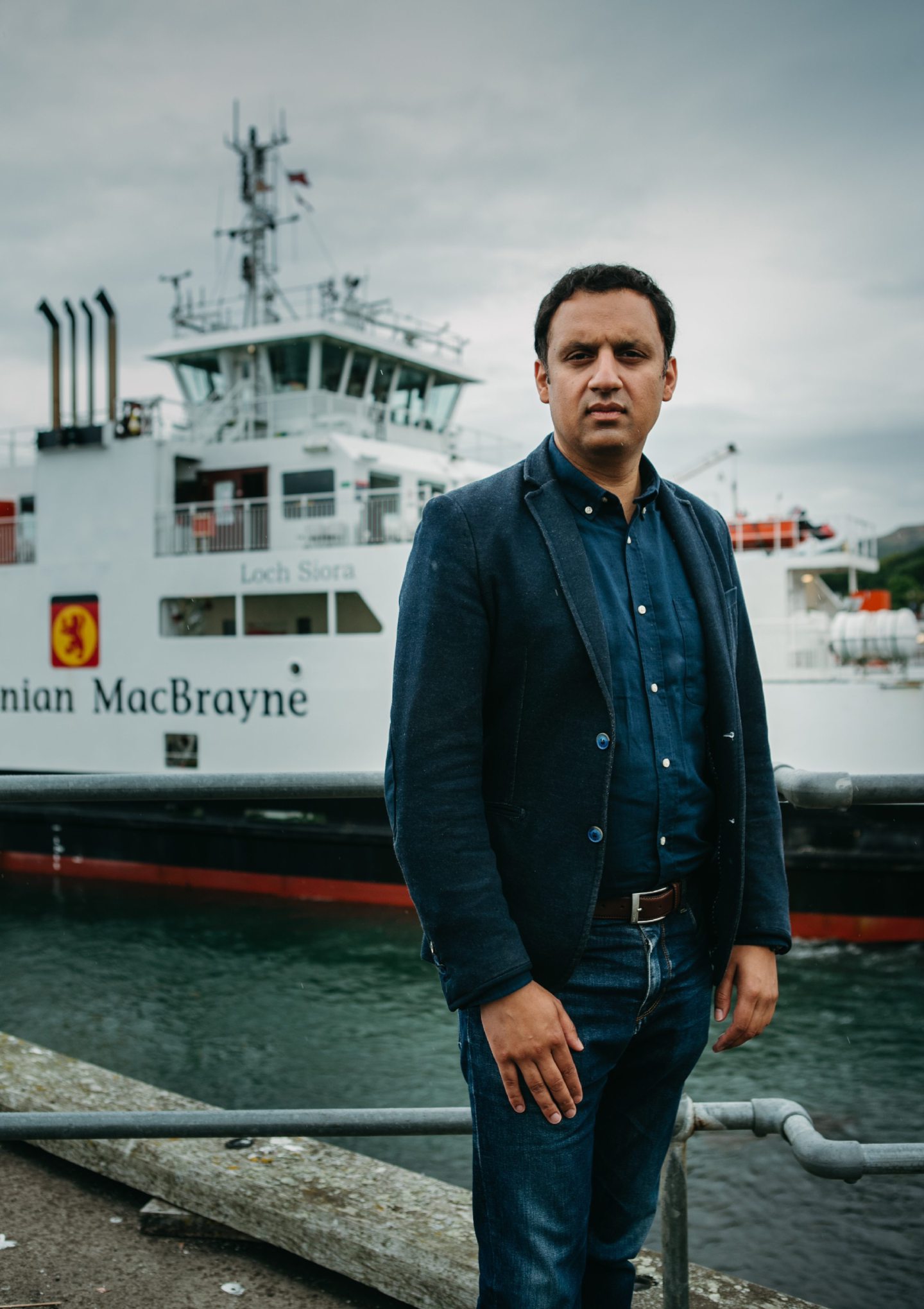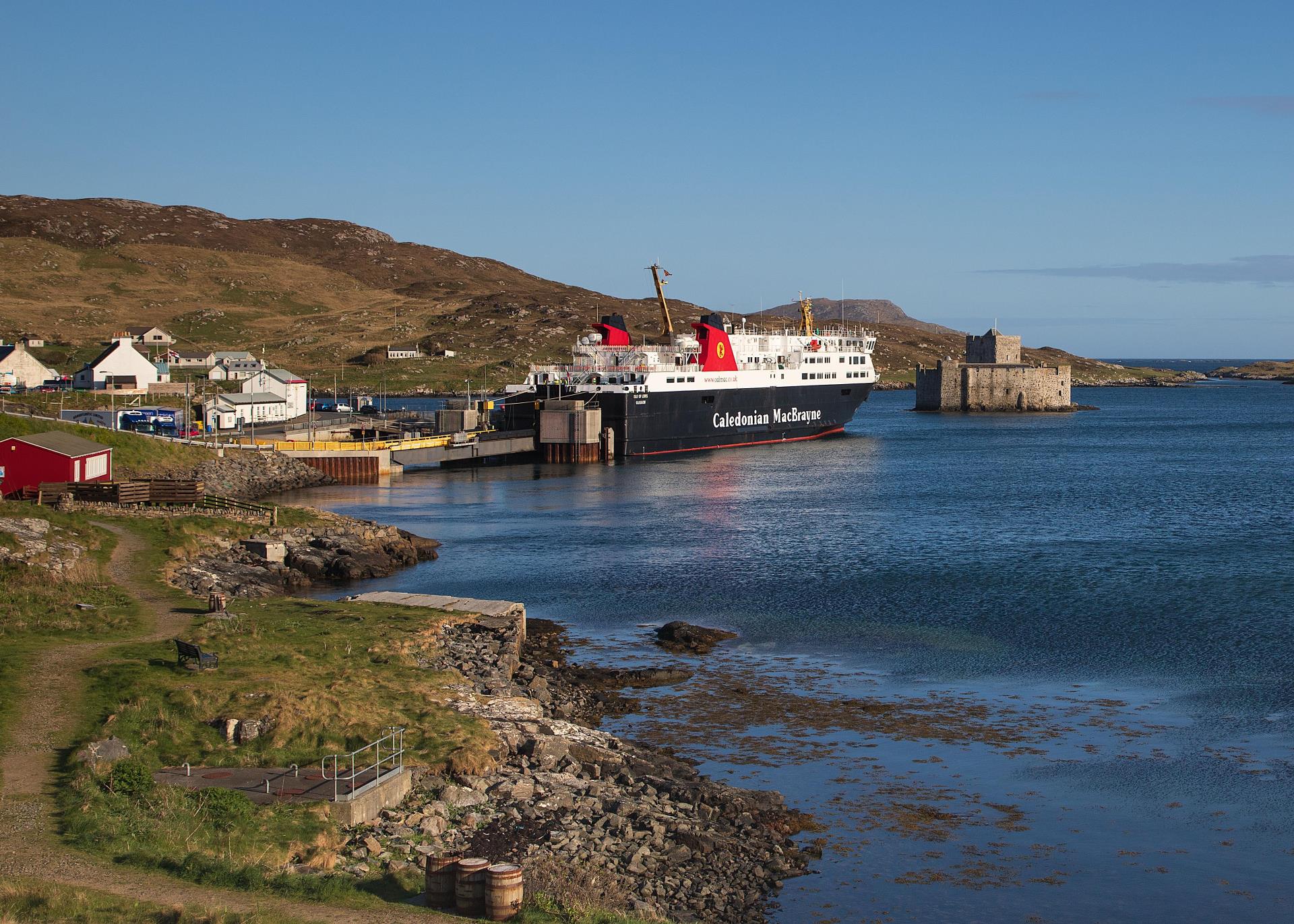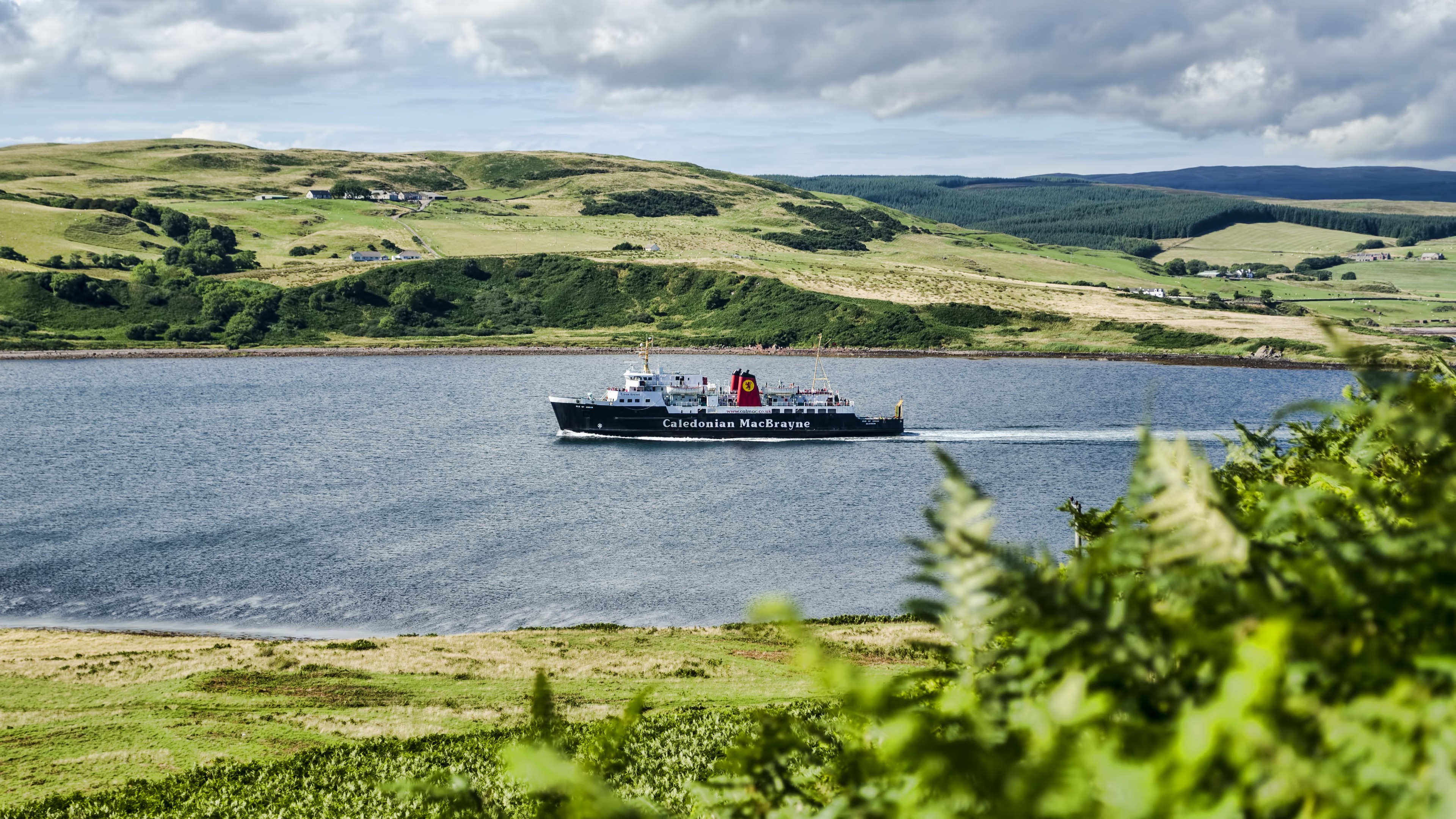This column is late in coming to CalMac’s summer of disruption. But every time it looked as though things couldn’t get any worse for the publicly owned ferry operator, they did.
Its fortunes appeared a metaphor for the pandemic itself – technical and engineering failures spreading, infecting the network from the Clyde to the Minch.
Even the vessel chartered to relieve pressure on Stornoway to Ullapool succumbed and had to isolate in Belfast, less than a week after it started. Spare parts to treat different ferry maladies became an issue.
Meanwhile, Covid regulations meant CalMac vessels operating at only a third capacity until last week.
The impact on island communities has been profound. If people had a three-week wait to get booked on the Glasgow to Edinburgh train, there would have been deafening outrage forcing ministers to break radio silence.
Then there are the two ferries being built at the now publicly-owned Ferguson Marine yard at Port Glasgow. Up to five years behind schedule, projected to cost at least double the original £97 million contract. Shipyards from Poland to Indonesia must be shaking their heads. A Holyrood committee already concluded management of the project was a “catastrophic failure”. There are calls for a judge-led inquiry.
Tendering was never the only option
Some of the summer’s disruption is unsurprising, given half of CalMac’s ferries are over 25-years-old. They are not actually CalMac’s vessels. They are owned by Caledonian Maritime Assets Managements Ltd (CMAL), another Scottish Government company. Scottish Labour leader Anwar Sarwar recently declared “CMAL is not fit for purpose. It has failed. It needs to go.”
CalMac did own its ferries and most (though not all) of its slipways and piers. But in 2006 it was broken up, with CMAL created to take ownership of these assets. This was for CalMac’s operation going out to competitive tender, to comply with European regulations on state aids or public subsidy.
CalMac Ferries Ltd was created to bid to operate the routes. A series of other companies appeared – seven in all, or was it 10?
The European Commission never said tendering was the only way to comply. Indeed, some Eurocrats expressed surprise that Edinburgh was so determined
One was parent company of CalMac, David MacBrayne Ltd (DML). It is hard to think, amidst current Hebridean distress, that only seven years ago DML tendered to run services to Gotland from the Swedish mainland. It also bid to run the Woolwich Ferry across the Thames.
Long before that, both the Labour-Liberal Democrat Scottish Executive and the subsequent SNP Scottish Government accepted officials’ advice there was no option but to tender CalMac’s operation because of European Commission rules. But the EC never said tendering was the only way to comply. Indeed, some Eurocrats expressed surprise that Edinburgh was so determined.
Altmark was declared irrelevant
In 2003, there was a ruling by the European Court of Justice about subsidy or state aid for German bus company, Altmark. CalMac received senior legal opinion that this allowed tendering to stop without legal consequence. The UK Department of trade and industry appeared to agree. The European Transport Commissioner said the Altmark principles were essential.
A high-powered briefing paper by a leading Scottish academic showed how Altmark could be applied to CalMac. Just as MSPs were due to consider the issue in September 2005, a briefing document appeared from on high which declared Altmark irrelevant to CalMac tendering.
Somebody in officialdom had spoken, and that was that. Tendering had been carved in the stone of Scottish policy, and in 2006 became a reality, with CalMac ferries winning the contract. The incoming SNP administration in 2007 launched another expensive tendering process in 2016.
It fuelled long-held suspicions among seasoned CalMac observers that there were senior Scottish civil servants convinced CalMac should be at least partially privatised.
We still need answers
Those responsible for the huge disruption and expense of tendering should have had to explain publicly why they were so determined not to at least try Altmark. They still should.
Tendering left an incoherent legacy, not least the relationship between CalMac and CMAL. Is there any reason now, post-Brexit, they continue apart?
It is all such a long way from CalMac’s confident days with Colin Paterson at the helm as managing director. The days when CalMac was running the ferry service between Ballycastle and Rathlin Island for the Northern Ireland Office (1996-2008); when Paterson was trying to launch a car ferry operation between Campbeltown and Ballycastle, only to be told by the Tory-controlled Scottish Office that it had to be a private sector operator. CalMac instructed to sell a ferry to them to make it happen. After only three summers, it ceased.
Now, 25 years later, it is CalMac that is in need of ferries, and more than the Ferguson two. Ferries designed for the rough seas of climate change, but that will be another chapter.
David Ross is a veteran Highland journalist and author of an acclaimed book about his three decades of reporting on the region




